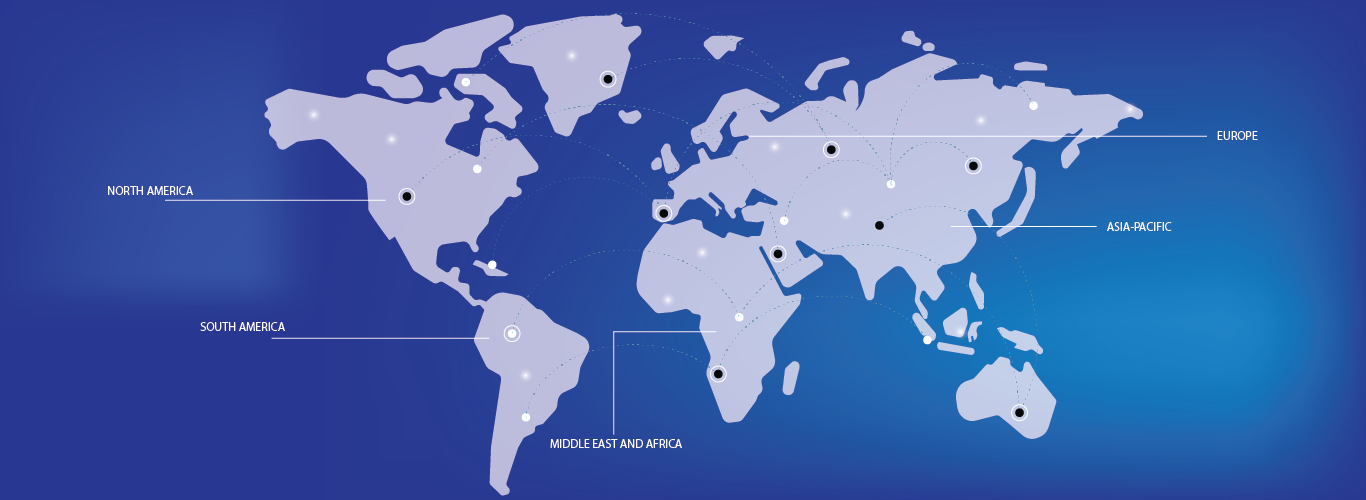The competent cells market, driven by advancements in molecular biology and genetic engineering, focuses on cells that are chemically or electrically treated to enhance DNA uptake for genetic manipulation. This market has seen increasing demand from sectors such as biotechnology, pharmaceuticals, and academic research, where competent cells play a crucial role in cloning, protein expression, and gene analysis. Recent developments include the creation of next-generation competent cells with enhanced transformation efficiency and reduced contamination risk, which meet the needs of high-throughput genetic studies. Rising investments in synthetic biology and personalized medicine further fuel this market's expansion. However, challenges such as the high cost of competent cells and the need for specialized storage conditions may impact broader market growth. Overall, the competent cells market continues to evolve, supporting innovative research and applications in the life sciences.







